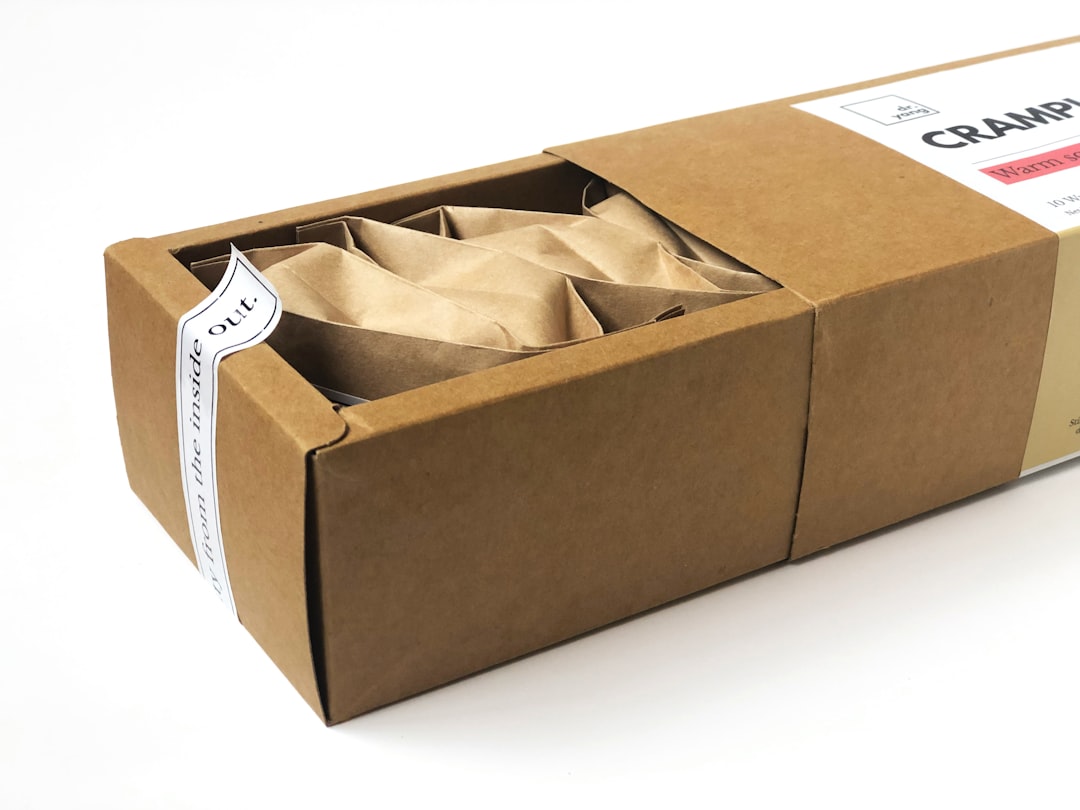What is it about?
A total of 167 species, of which 59.3% were annual and 61.2% were alien, was found. Species that originated in Mediterranean regions were the dominant alien species, followed by those from North America. A principal component analysis showed that the species compositions were different between the port and the residential areas, particularly in spring. The species from the port areas were major weeds from the cereal crop fields of North America and Australia, but were limited in distribution in Japan. The residence time might be too short to allow them to expand or climatic differences between the areas where these aliens are naturally dominant and Japan could serve as ecological barriers to the range expansion of such species.
Featured Image
Why is it important?
Invasive alien plants have caused negative ecological and economic impacts and numerous studies have focused on determining which traits make these plants successful invaders. Although it is commonly believed that only a small proportion of introduced species can become invasive, it is unknown why many alien species fail to establish. In order to identify the alien species that are exhibiting a limited distribution in their new habitat, the vegetation in an international trading port, which is a primary site for the introduction of alien plants, and residential areas of Kobe, western Japan, were surveyed every month from April– October, 2014.
Read the Original
This page is a summary of: Plant species composition in an international trading port and residential areas of Kobe, Japan, Weed Biology and Management, January 2018, Wiley,
DOI: 10.1111/wbm.12135.
You can read the full text:
Contributors
The following have contributed to this page










